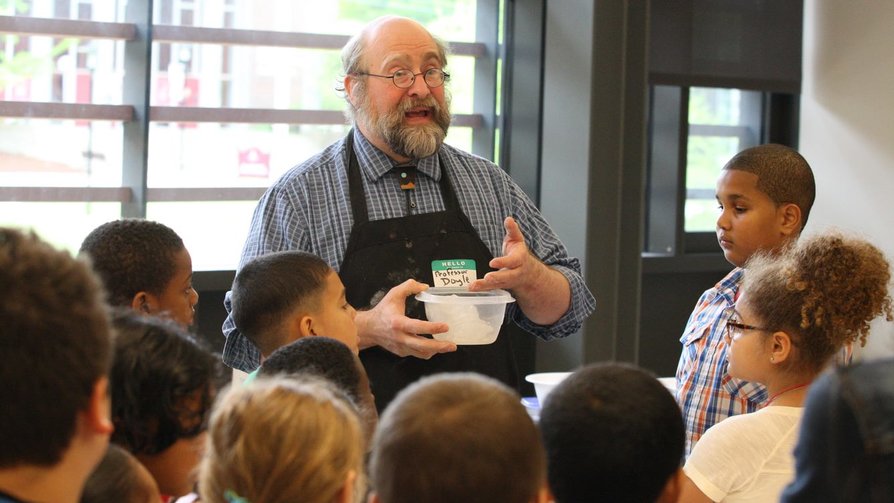The Observatory runs workshops for K-12 students and their families. Workshops are 30 to 45-minute hands-on astronomy activities, and are intended to occur directly before a viewing event for a private group. Please see the list of current offerings below!
Accordion Content
We experience simulated alien environments, including appearance, texture, scent, and in some cases even temperature, using common household items (and a few less common ones). Simulated environments include soil from Mars, the Moon, and Titan, lakes from Europa and Titan, Saturn's rings, Jupiter's atmosphere, Martian ice, and more!
Accordion Content
We use models of the Moon and light to see how different phases of the Moon and eclipses come to be. This is a good supplement for scout troops looking to complete their astronomy badges or belt loops.
Accordion Content
We drop various weights into simulated Lunar and Martian soil to explore the types and sizes of craters they make. At the same time, we explore differences between the Moon and Mars, why we usually don't see craters on Earth, and the densities of materials
Accordion Content
We use the beat of a song to act out the motions of the Earth and Moon, Pluto and its moon Charon, and Jupiter and its four largest moons through dance.
Accordion Content
We use cups and soda cans to represent the electrical force between atoms. What happens when we defeat the force? Crush the cups and cans to find out! (Grade 4 - 7 ideal)
Accordion Content
We pace out the distances between the planets and Sun using to-scale models of each planet to visualize the vastness of space. This is also a good supplement for scout troops.
Accordion Content
We light lamps containing atomic gases such as hydrogen, helium and neon. When we split their light up into separate colors, we find that they each have their own unique rainbows. We explore the differences, what they mean, and where they come from -- and how spectroscopy allows us to determine what things in space are made of, even if we can never touch them.
Accordion Content
Groups of students open sealed packets of photographs claimed to be of alien spaceships and rank them in order of most to least believable. We then reveal which ones are "real" UFO pictures from supposed sightings, and which ones are of known objects.
